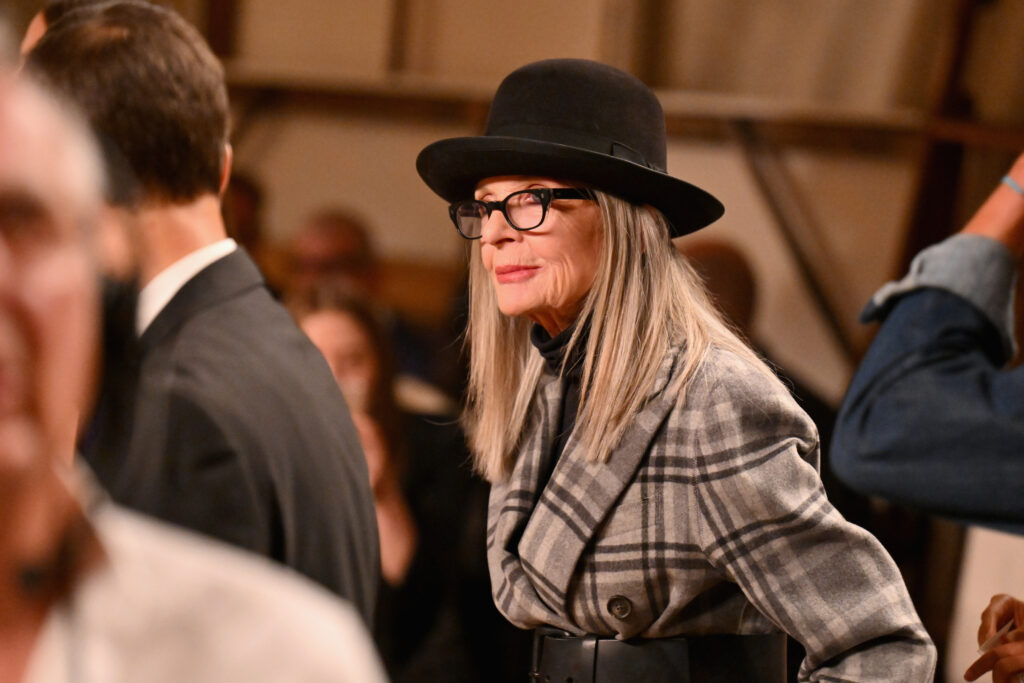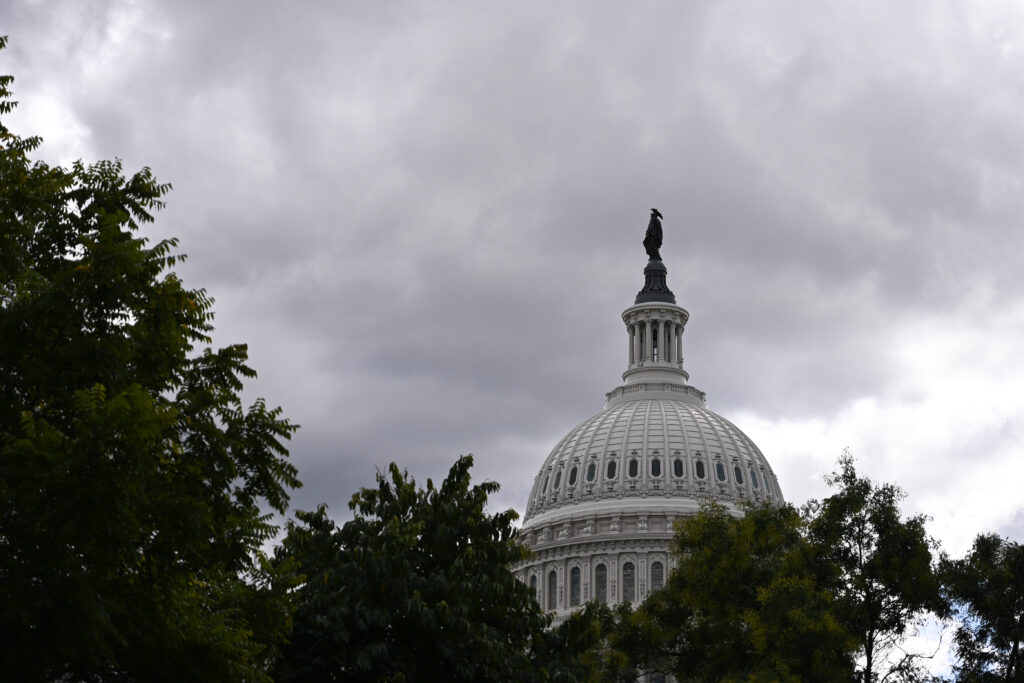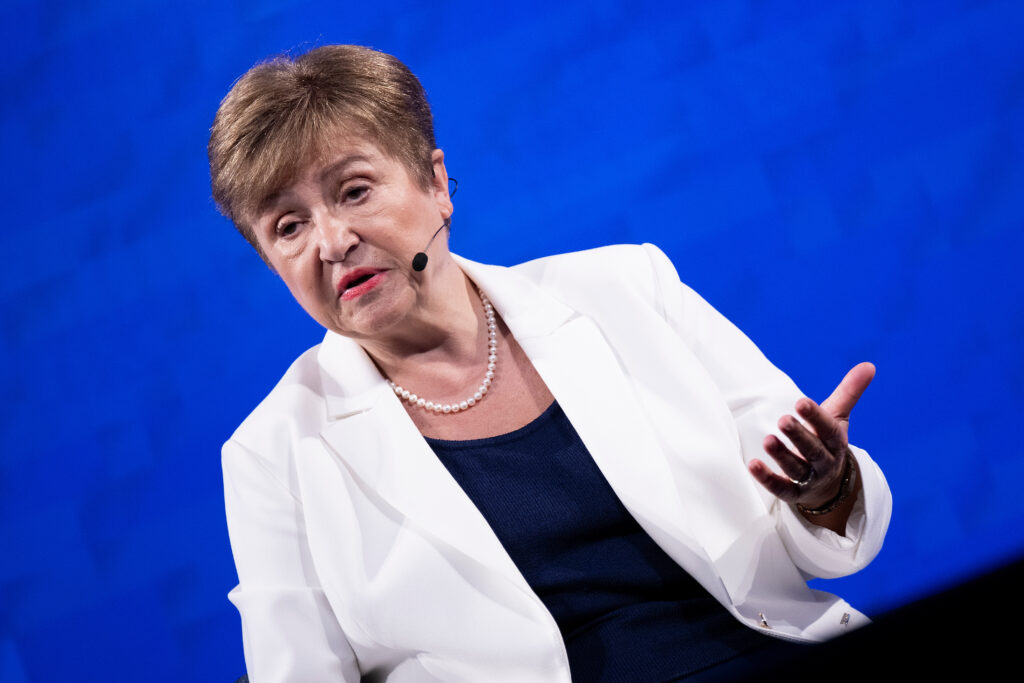Cuban dissident Ferrer arrives in Miami for US exile
Cuban dissident Jose Daniel Ferrer landed in Miami on Monday to start his exile in the United States as Washington demanded that Cuba release more than 700 other “political prisoners.”Ferrer, 55, arrived in Florida after being freed from a Cuban prison earlier in the day.Secretary of State Marco Rubio welcomed the top Cuban dissident’s arrival in the US and demanded that Havana free hundreds of other imprisoned dissidents. “Ferrer’s leadership and tireless advocacy for the Cuban people was a threat to the regime, which repeatedly imprisoned and tortured him. We are glad that Ferrer is now free from the regime’s oppression,” Rubio said in a statement.”We call for the immediate release of the more than 700 unjustly detained political prisoners and urge the international community to join us in holding the Cuban regime accountable,” added America’s top diplomat, a Miami native and son of Cuban exiles.Ferrer, who has been imprisoned multiple times as the long-term leader of the island’s pro-democracy movement, announced this month he had opted for exile after enduring “torture” and “humiliation” behind bars.In a letter from prison, the 55-year-old said that since he was reimprisoned in April after being briefly freed under a deal negotiated with former US president Joe Biden, “the cruelty of the dictatorship towards me has known no bounds.”He cited “blows, torture, humiliation, threats and extreme conditions” in prison, including “the theft of food and hygiene products.”Ferrer said he took the difficult decision to leave given threats that his wife would also be imprisoned and his young son sent to an institution for juvenile offenders. The foreign ministry in Havana said in a statement that Ferrer and members of his family had left the country for the United States following “a formal request from that country’s government and the express acceptance” of the dissident.His sister Ana Belkis Ferrer told AFP by telephone the opposition leader had “finally been exiled, thank God,” adding his family was “very happy despite the tension of the last days.”- ‘Dignity and honor’ -Ferrer said in his letter he would leave Cuba “with my dignity and honor intact, and not for long.”His departure deals a blow to the opposition movement in Cuba. The country faces its worst economic crisis in decades and an exodus of young people, mainly to the United States.Ferrer, founder of the Patriotic Union of Cuba (UNPACU) — one of the most active opposition organizations in the one-party state — had for years resisted pressure to go into exile to avoid prison.He was the most high-profile of a group of prisoners released in January under a landmark deal struck with Biden in exchange for Washington removing Cuba from a list of terrorism sponsors.But he was sent back to prison in April after Biden’s successor, Donald Trump, slapped Cuba back on the list.Ferrer has been in and out of prison since March 2003, when he and 74 other opposition members were arrested in a three-day period of repression known as Cuba’s “Black Spring.”He was released in 2011 but sent back to prison in 2021 following a crackdown on rare anti-government street protests that rattled the communist authorities.In his letter, he said “only the United States… truly stands in solidarity with the peaceful opposition and the Cuban people” — an implicit rebuke of the EU, which has angered dissidents by maintaining a political and cooperation agreement with Cuba.burs-iv/sms





